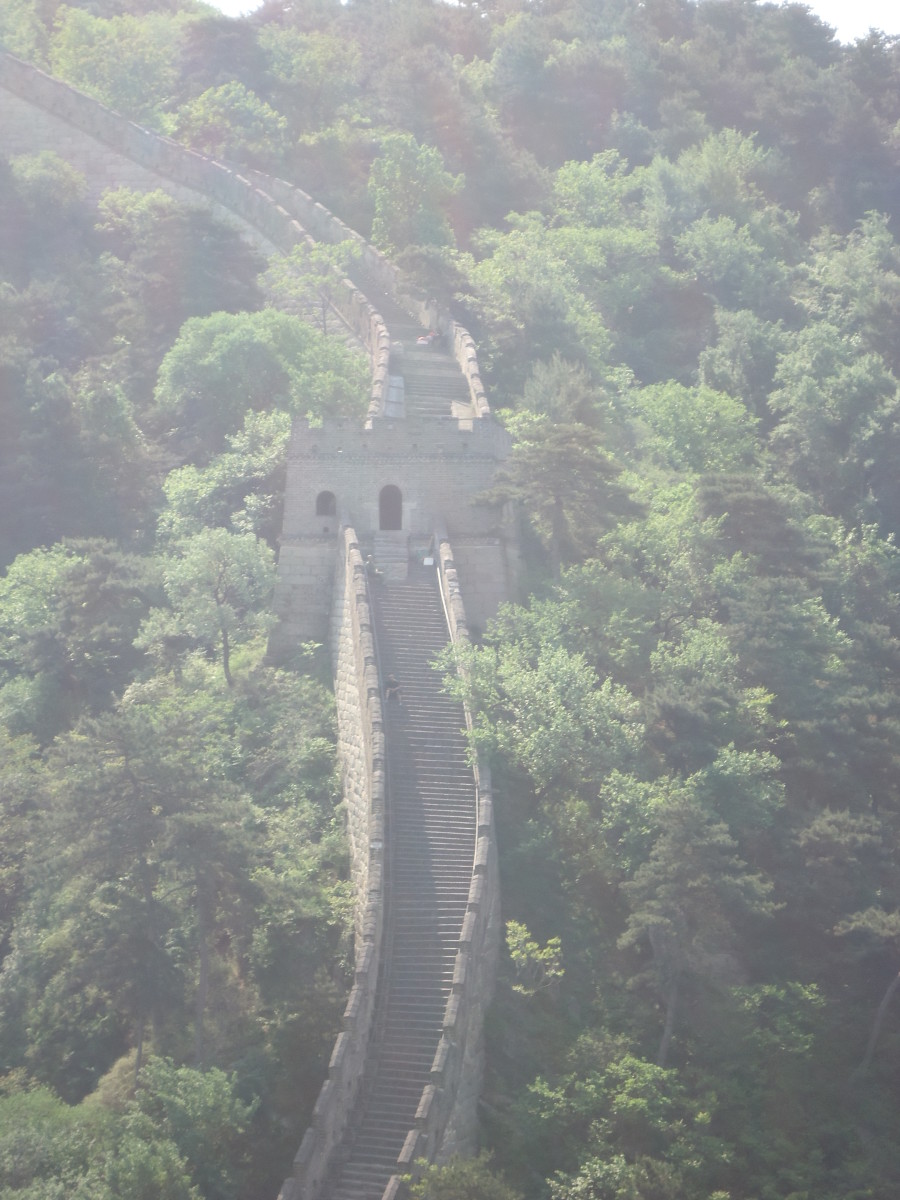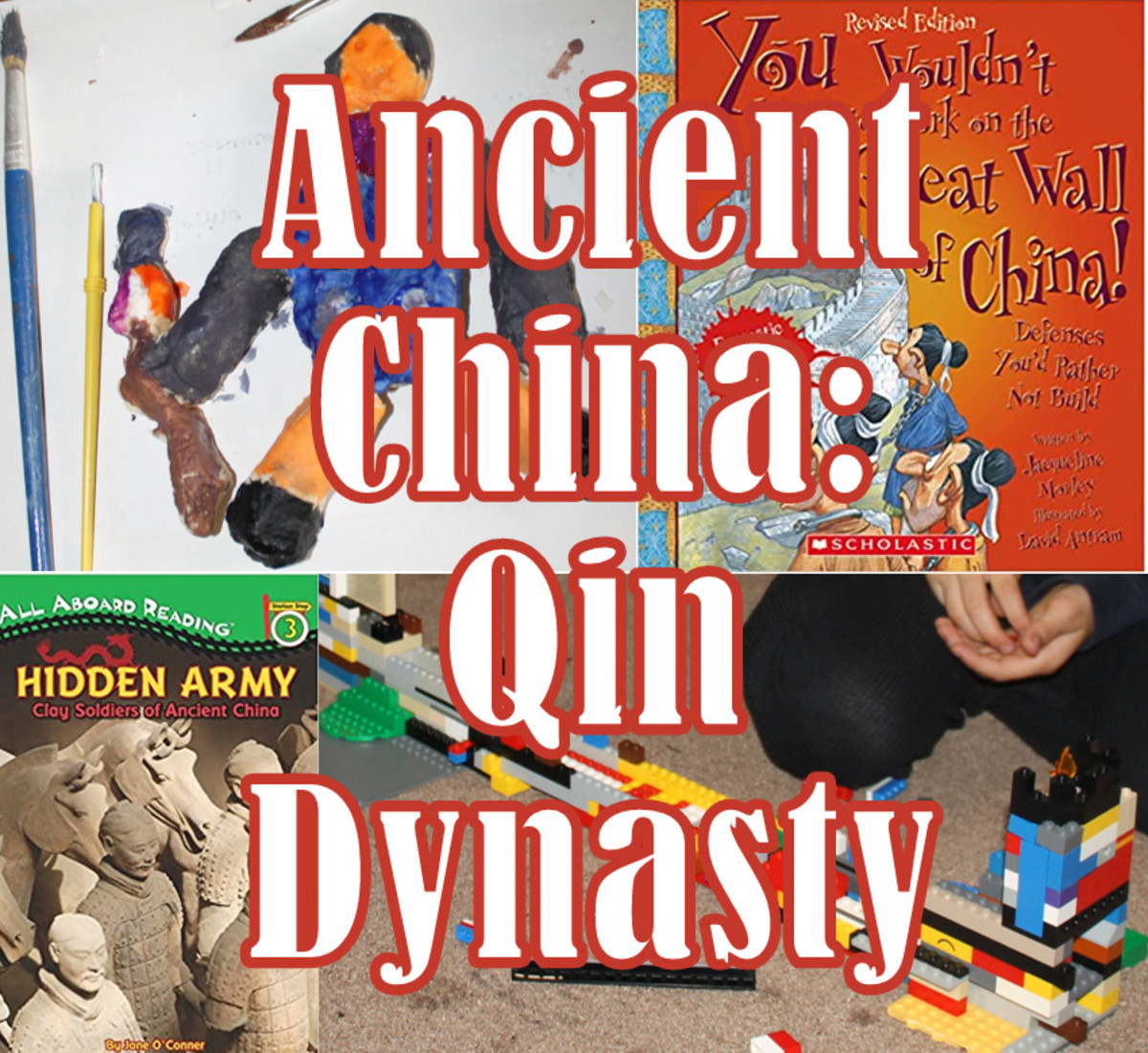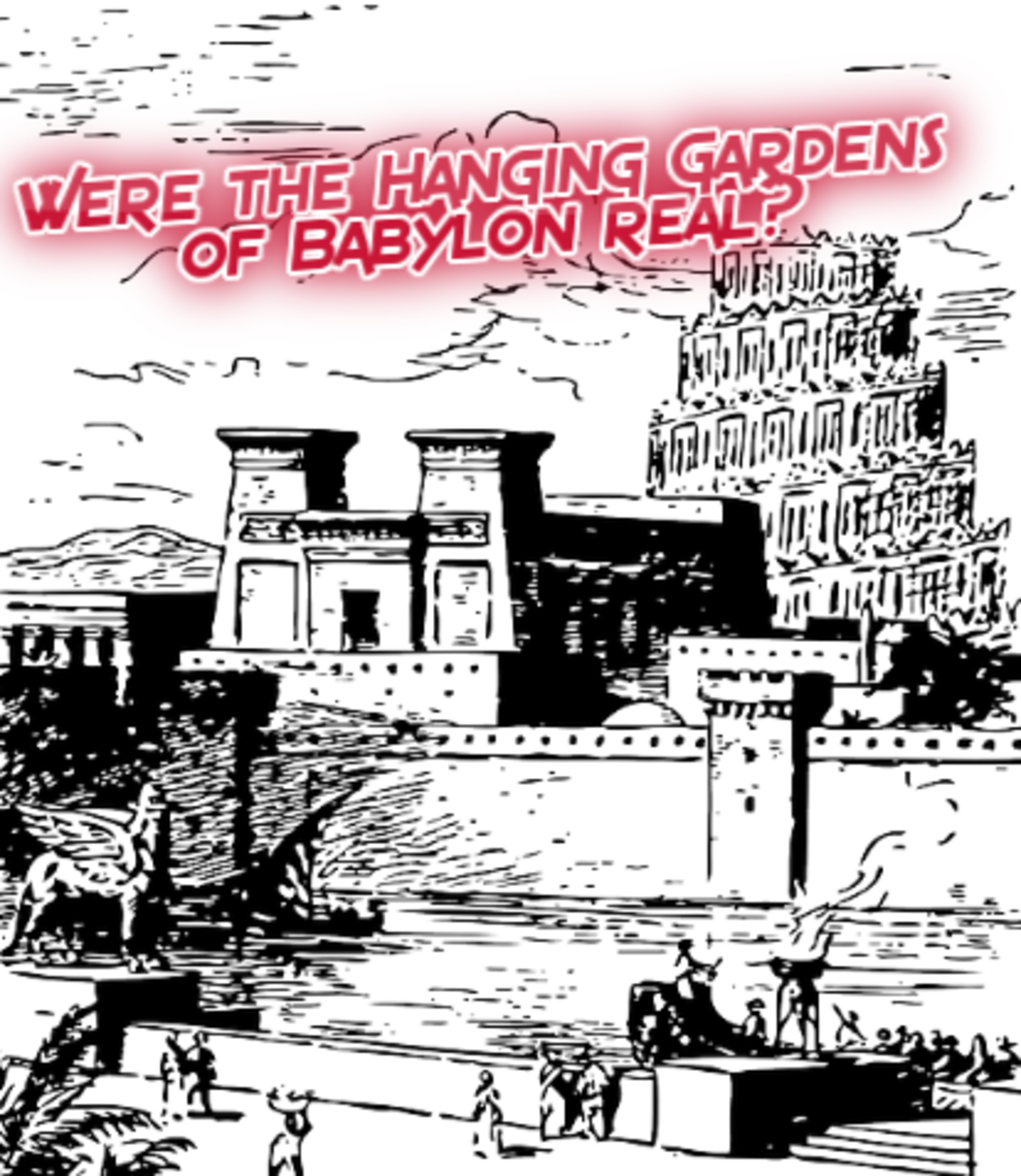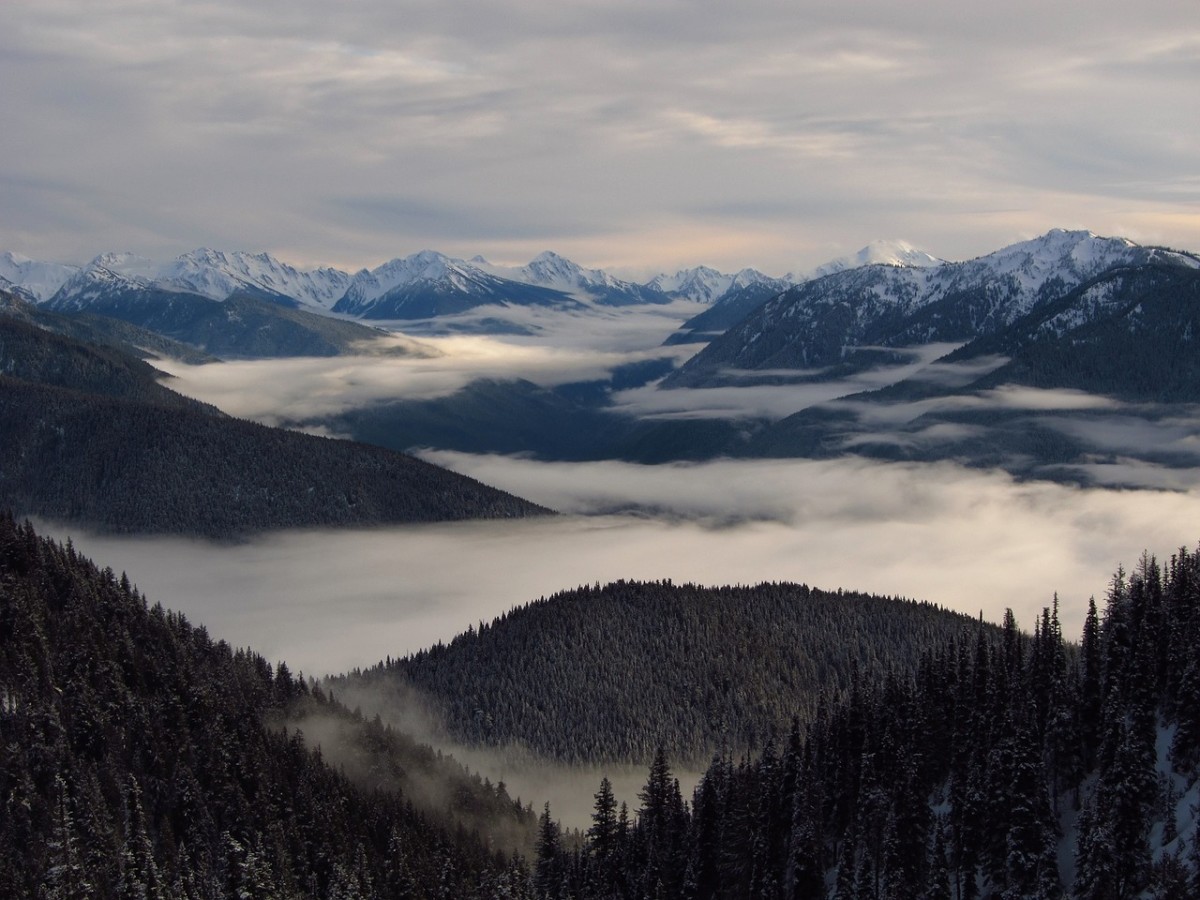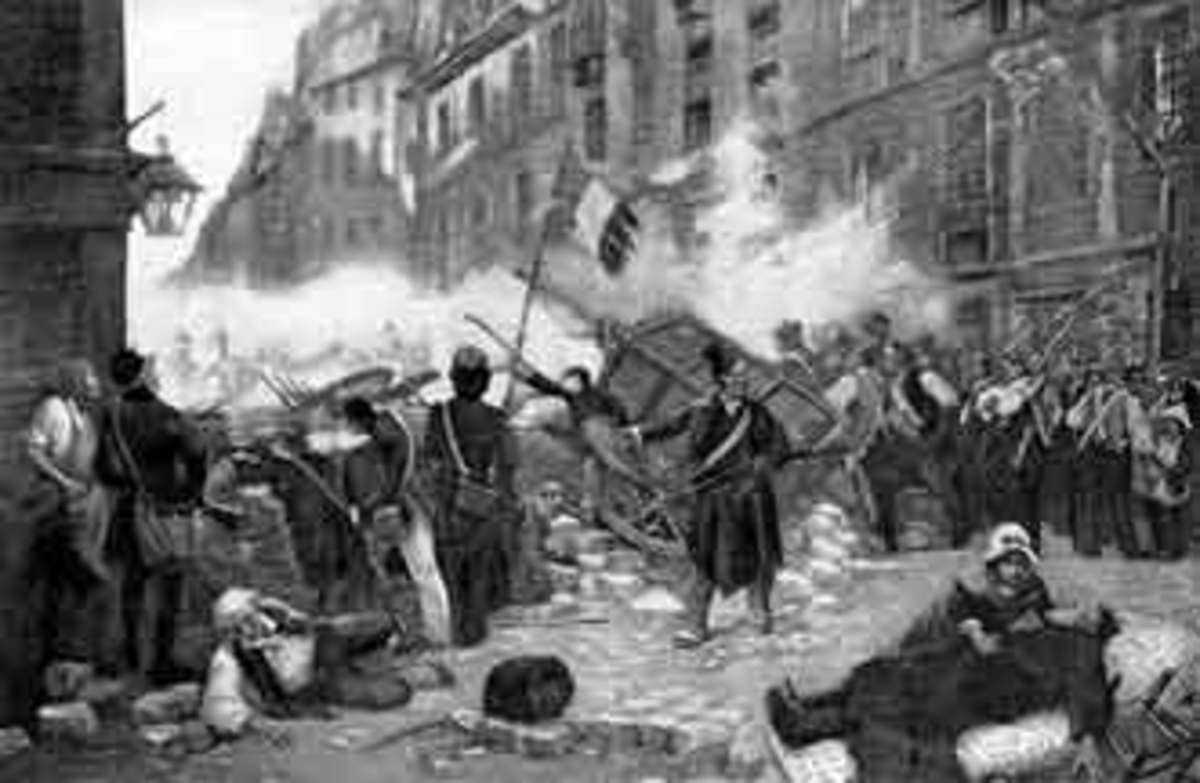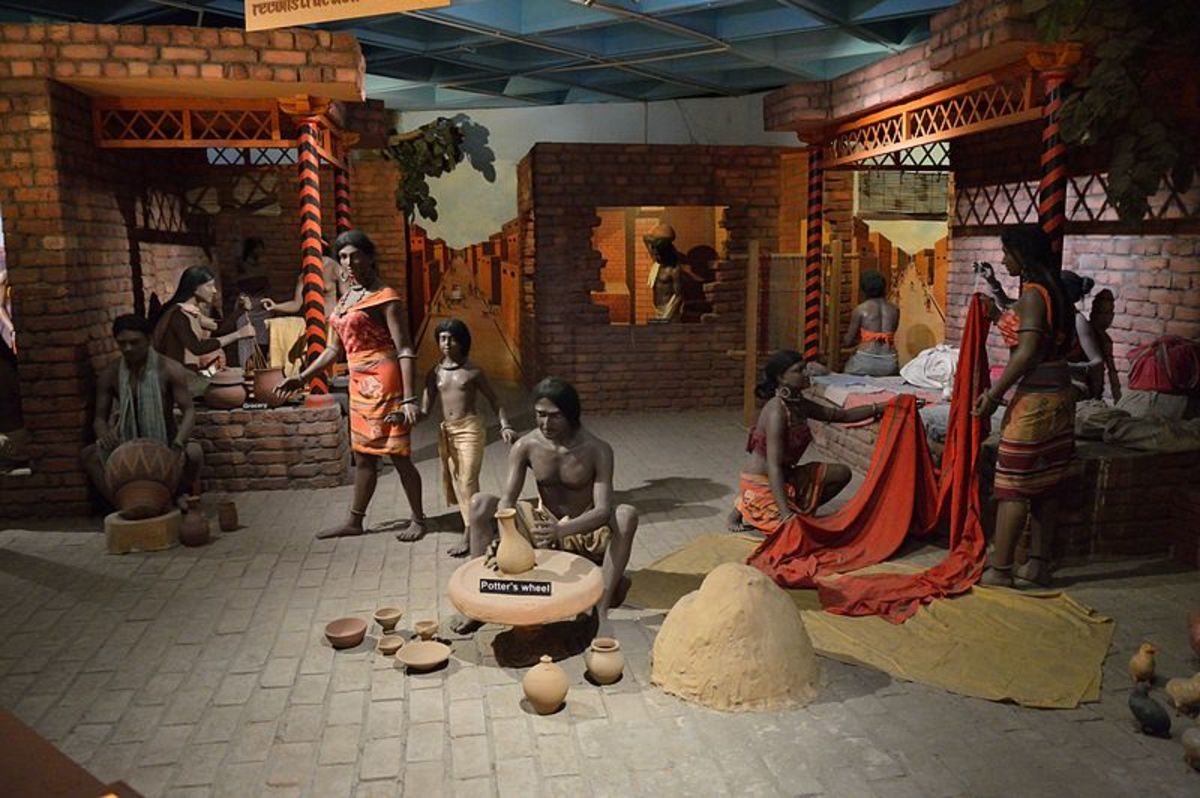Newest Seven Wonders of the World

Apparently people got weary of the old seven wonders of the ancient world list and decided it was time for an update. After all, the only wonder still surviving is the pyramids at Cairo. So, a project called “New Seven Wonders of the World” was launched.
It was basically a popularity poll led by Canadian-Swiss Bernard Weber and organized by the Swiss-based, government-controlled New7Wonders Foundation, with winners announced on July 7, 2007. According to John Zogby, founder and current President/CEO of the Utica, New York-based polling organization, Zogby International, it was “the largest poll on record.”
The New7Wonders Foundation, established in 2001, received more than 100 million votes cast through the Internet or by telephone. However, since there was nothing to prevent multiple votes, the poll was considered "decidedly unscientific.”
The following list of seven winners is without ranking:
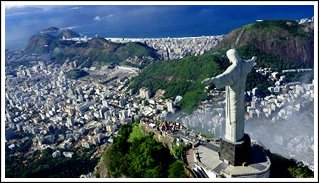
Christ the Redeemer Statue Rio de Janeiro, Brazil is an Art Deco-style Christ the Redeemer statue overlooking over the Brazilians upon Corcovado Mountain. Built in1931 the 130-foot reinforced concrete-and-soapstone statue was designed by Heitor da Silva Costa and cost approximately $250,000. Despite the soft nature of soapstone, easily damaged by mechanical abrasion, it was determined the best for the weather conditions.
The statue has become a recognized icon for Rio and Brazil. Starting as early as 1850, when Brazil was still a Portuguese territory, local Catholics wanted a monument of some sort atop the hilltop park. The modern day project actually began in 1921 by the local Archdiocese appealing for funds from local Catholics. It took over 10 years before enough funds were raised.
The statue of Christ the Redeemer was created in pieces and then assembled on the mountain using the Corcovado Rack Railway, built in 1892. A small chapel was built in 2006 at the base of the city's monument commemorating the statue's 75th anniversary. Recent additions include elevators and escalators so tourists won’t have to climb the hundreds to the top.
The statue is located in Tijuca National Park, the largest urban park in the world and is accessible by train, bus or a network of hiking trails. Over 300,000 people are estimated to visit each year, making it one of the most visited sites in South America.
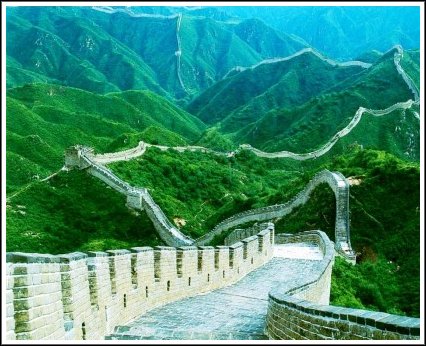
Great Wall of China was built between the 5th century B.C. and the 16th century. The Great Wall of China is a stone-and-earth fortification created to protect the borders of the Chinese Empire from invading Mongols. The Great Wall is not a continuous wall, but a collection of short walls, spanning approximately 5,500 miles, making it the world's longest manmade structure.
A first set of walls, were built of earth and stones in wood frames during the Qin Dynasty circa 221-206 BC. Additional modifications were made over the next millennium but major construction of the "modern" walls began in the Ming Dynasty around 1388-1644 CE.
The Ming fortifications were established in new areas from the Qin walls. They were up to 25 feet high and 15 to 30 feet wide at the base, and from 9 to 12 feet wide at the top. Guard stations and watch towers were established at regular intervals.
Since the Great Wall was not a continuous structure, Mongol invaders simply went around it, so the wall was actually failed its’ purpose and eventually abandoned.
Through Western contact from the 17th through 20th centuries, the Great Wall of China drew tourism. Restoration and rebuilding took place in the 20th century and in 1987 the Great Wall of China was made a World Heritage Site. Today, a portion of the Great Wall from Beijing receives thousands of tourists each day.
Many have claimed the Great Wall can be seen with the naked eye from space or the moon. This is simply not true.
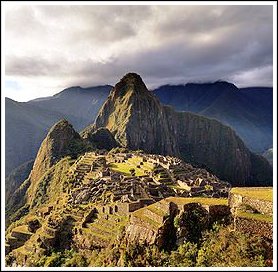
Machu Picchu, Peru, an Incan city of sparkling granite is situated on a mountain ridge above the Urumba Valley precariously perched between 2 towering Andean peaks. It is thought to have been a sacred archaeological center for the nearby Incan capital of Cusco. Built by the Incan Empire in the mid-1400s, this citadel was later abandoned by the Incas at the time of the Spanish conquest. It remained unknown except to locals until 1911, when it was rediscovered by archaeologist Hiram Bingham. Most archaeologists generally agree Machu Picchu, often referred to as "The Lost City of the Incas," was built as an estate for the Inca emperor Pachacuti around 1438–1472. It is perhaps the most familiar icon of the Inca world. Since then, Machu Picchu has become an important tourist attraction.
Since the site was never known to the Spanish during their conquest, it became a relatively intact cultural site. Machu Picchu was declared a Peruvian Historical Sanctuary in 1981 and a UNESCO World Heritage Site in 1983. Machu Picchu was built with polished dry stone walls. Its’ three main attractions are the Intihuatana, the Temple of the Sun, and the Room of the Three Windows. These are located in what is known by archaeologists as the Sacred District of Machu Picchu.
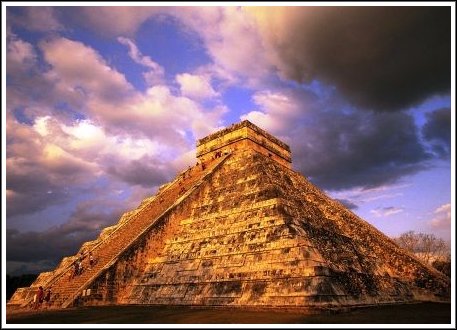
Chichen Itza, Yucatan Peninsula, Mexico- Chichen Itza, meaning "at the mouth of the well," are the ruins of a powerful trading center for cloth, slaves, honey and salt, which flourished from approximately 800 to 1200. It was the political and economic hub of the Mayan civilization. The most familiar ruin at the site is El Caracol, an astronomical observatory.
The site exhibits a multitude of architectural styles, from what is called “In the Mexican Origin” and reminiscent of styles seen in central Mexico to the Puuc style found among Maya of the northern lowlands. The central Mexican styles were once thought to be from a direct migration or conquest from central Mexico. But most modern historians view the non-Maya styles as the result of cultural integration.
Northern Yucatán is arid and rivers in the interior all run underground. There are two large, natural sink holes that could have provided water year round at Chichen, making it suitable for settlement. Of the two the "Cenote Sagrado" or Sacred Cenote also known as the Sacred Well or Well of Sacrifice, is the most famous. Most historians believe pre-Columbian Maya sacrificed objects and human beings into the cenote as a form of worship to the Maya rain god Chaac . A recent study of human remains taken from the Cenote Sagrado found that they had wounds consistent with human sacrifice
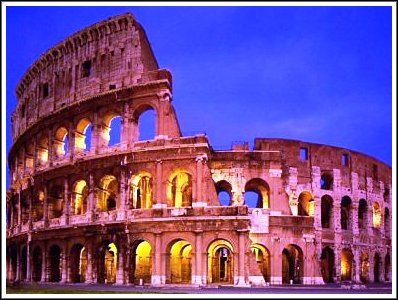
The Roman Coliseum, Rome, Italy, is Rome's, if not Italy’s most enduring icon. Built between A.D. 70 and 80 A.D., it was in use for some 500 years. The elliptical structure had a seating capacity of nearly 50,000 spectators. Gladiator events as well as other public spectacles such as battle reenactments, animal hunts and executions were held there with much fanfare. Over the centuries earthquakes and stone-robbers have left the historical structure in ruins. However, parts of the Coliseum remain open to tourists.
The history of the Roman Coliseum dates back to around 264AD, hundreds of years before it was actually built, when Roman citizens craved excitement and blood lust of gladiatorial games. The Roman Coliseum was opened in 80AD and was originally called the Flavian Amphitheatre. The Roman Coliseum was the brain child that of Roman Emperor Vespasian who began construction about 70AD and was financed from the proceeds gained from the Roman sacking of Jerusalem. The history of the bloody arena continues through the reigns of various emperors and the emergence of the Christian religion. The Coliseum was the site of many martyred Christians.
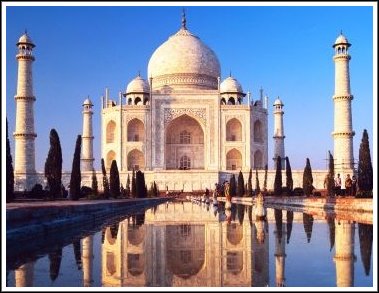
Taj Majal, Agra, India, is a mausoleum built by Mughal Emperor Shah Jahan the Taj Majal in memory of his third wife Mumtaz Mahal, who died during the birth of their 14th child. Built between 1632 and 1653 it’s one of the most recognized structures in the world and also considered one of the most beautiful standing as a symbol of eternal love.
The white-marble Taj Majal represents a number of architectural styles, including Persian, Islamic, Turkish and Indian. The Taj Majal also encompasses formal gardens, raised pathways, sunken flower beds and a linear reflecting pool. Construction of the Taj Mahal began in 1632 and the principal mausoleum was completed in 1648. The surrounding buildings and garden were finished five years later.
In 1983, the Taj Mahal became a UNESCO World Heritage Site. While the white domed marble mausoleum is the most familiar part of the Taj Mahal, it is actually an integrated complex of structures. The construction began around 1632 and was completed around 1653, employing thousands of artisans and craftsmen.
Petra, Jordan, was declared a World Heritage Site in 1985. Petra, meaning “rock,” was the capital of the Nabataean empire of King Aretas IV, and likely existed from 9 B.C. to A.D. 40. The members of this civilization proved to be early experts in water technology, constructing intricate tunnels and water chambers. A number of impressive structures carved into stone, a 4,000-seat amphitheater and the El-Deir monastery have also helped the site earn its fame.
Established sometime around the 6th century BC as the capital city it is a symbol of Jordan as well as its’ most visited tourist attraction. It is located on the slope of Mount Hor.
The site remained unknown to the West until 1812, when it was introduced by Swiss explorer Johann Burckhardt. It was described as "a rose-red city half as old as time" in a Newdigate prize winning sonnet by John Burgon. UNESCO has described it as "one of the most precious cultural properties of man's cultural heritage." Petra was also chosen by the BBC as one of "the 40 places you have to see before you die.”
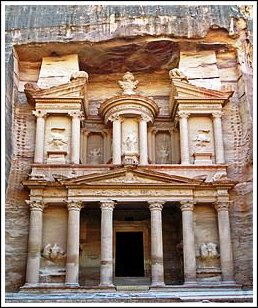
Petra, Jordan, was declared a World Heritage Site in 1985. Petra, meaning “rock,” was the capital of the Nabataean empire of King Aretas IV, and likely existed from 9 B.C. to A.D. 40. The members of this civilization proved to be early experts in water technology, constructing intricate tunnels and water chambers. A number of impressive structures carved into stone, a 4,000-seat amphitheater and the El-Deir monastery have also helped the site earn its fame.
Established sometime around the 6th century BC as the capital city it is a symbol of Jordan as well as its’ most visited tourist attraction. It is located on the slope of Mount Hor.
The site remained unknown to the West until 1812, when it was introduced by Swiss explorer Johann Burckhardt. It was described as "a rose-red city half as old as time" in a Newdigate prize winning sonnet by John Burgon. UNESCO has described it as "one of the most precious cultural properties of man's cultural heritage." Petra was also chosen by the BBC as one of "the 40 places you have to see before you die.”

